Trust Yao Chien to know what would make a big hit. Originally from Taiwan, he is a renowned lyricist as well as a producer and manager in Chinese pop music. Having worked in the music business for 30 years, he first started as General Manager of EMI and Virgin Music, to being Head of Dian Jung and Sony Music. Today, Chien is the General Manager of Music Nation Ursa Major Ltd. He created countless pop stars and has received many awards such as “The best soundtrack award” in 2006 at Hong Kong Film Awards for his work in film. The lyric master has a deep and wide experience of collecting art while also having published reviews and books such as ‘A Person’s Collection’ throughout Asia.
In this interview, Yao reveals how he came to collect 20th century Asian oil paintings, his admiration for Chinese contemporary artist Liu Ye as well as his thought on his recently published catalogue raisonné.
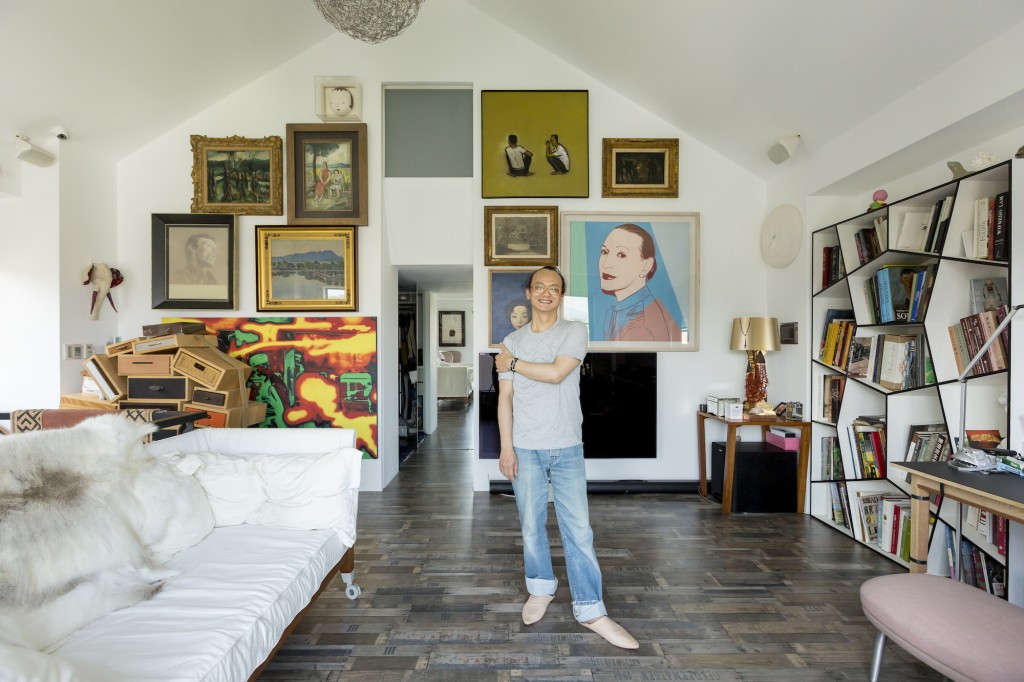
The Collection
What sparked your interest in art? How did you start buying art works?
I used to like drawing when I was small, but for some reason, I stopped. My role since then has transferred from creating paintings to reading about paintings. Art has always been a centre of interest when I was growing up. Often, when I have the chance to travel abroad, I would select a particular city, country or museum according to a painting I read or researched about. In 1996, I would occasionally attend an exhibition organised by Sotheby’s in the bookstore Eslite in Taipei, Taiwan. I went to the auction the next and bought an artwork that started the beginning of my art collection.
Do you remember what your first purchase was?
The first I purchased was a zebra painting by Taiwanese artist Liu Qiwei. He is a scientist and botanist who lived in Africa for sometime. I read his book, which often included his own illustrations and watercolour works.
What is the main focus of your collection in terms of themes and genre?
My collection’s focus regards the historical development of Western influence on 20th century Asian oil paintings. As we know, East Asian countries were colonised by the West, such as the Philippines by the Spanish, Vietnam by the French thus influencing these artists to use Western elements in their works. Today, the world is a global village in which different nations and countries have introduced Western techniques in art, which I find interesting! Contemporary artists still employ these techniques today and I enjoy to compare the older generation with the new generation. I also collect Post-Impressionism works, especially those who originated from the Ecole de Paris.
Being a music professional and lyricist, do you find yourself liking artworks which tell a particular story or a certain poetic quality?
No, I don’t. I like to keep a balance between story and aesthetics.
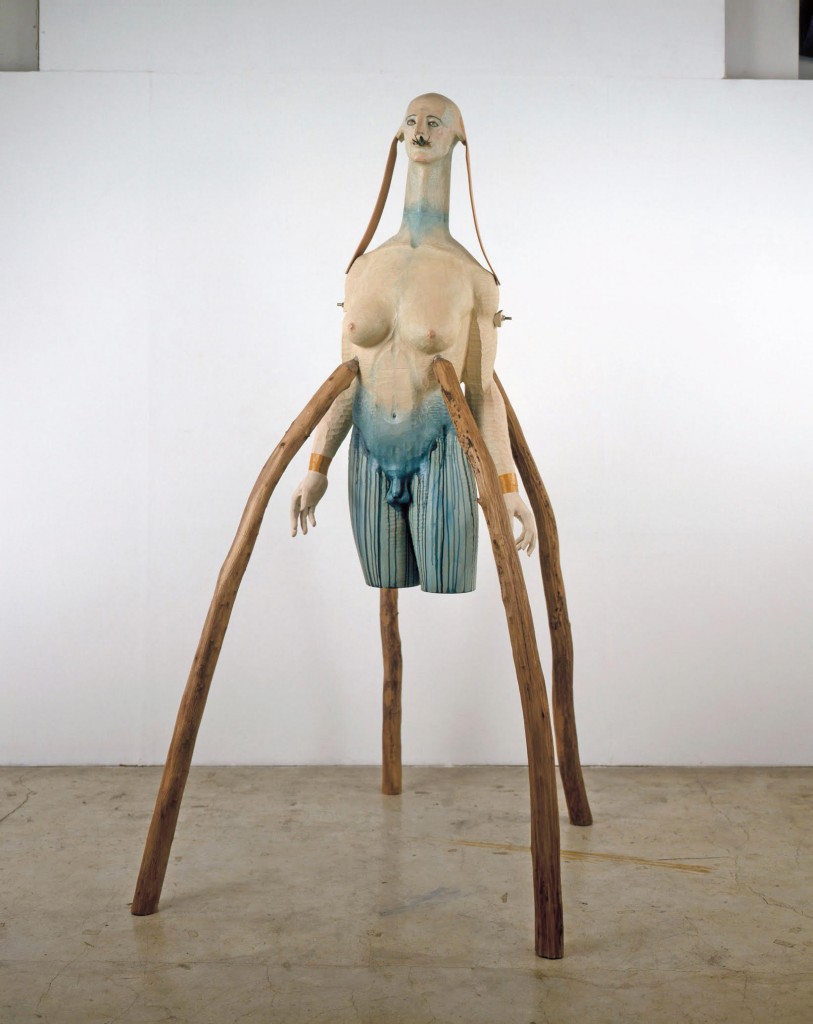
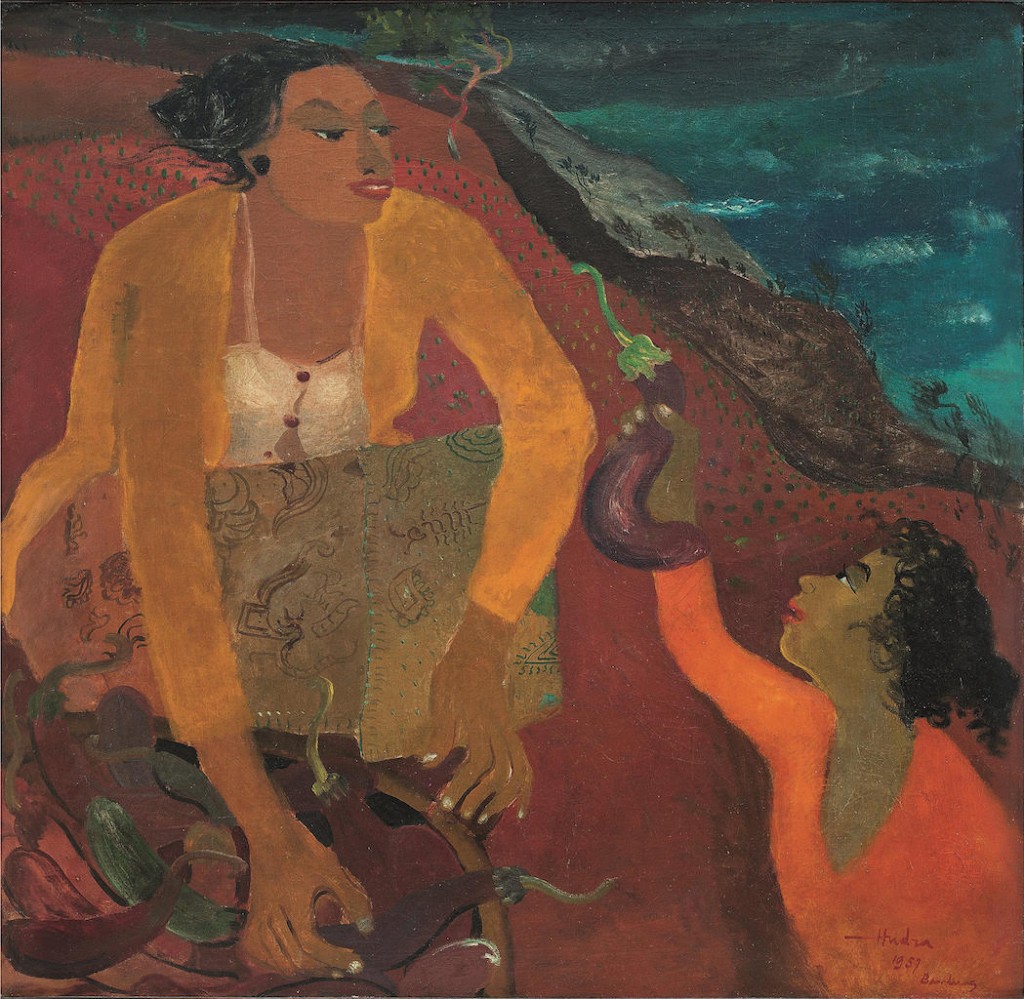
At what point did you start to notice you had become a collector?
In the past, I used to collect artworks from people I admired and that were within my scope of affordability. Now I found myself more financially able and my stature in the art world has developed so I am very happy to support young artists by acquiring their works with appreciation.
How many artworks do you have approximately?
Probably three or four hundred.
How has your collection developed since you first started?
I did not mean to collect such a collection. For me art collecting is a way for me to extend my reading about art, ideas, philosophy, literature and biographies. However, I did create a core collection, focusing on Asian oil paintings. I settled on this theme through my extensive reading throughout my life including my life experiences and the whole of Chinese culture. Such aspects have influenced me to choose this topic.
What is the main focus regarding the artists in your collection? Are you more interested in emerging or renowned artists?
Collecting famous painters or emerging artists is not crucial to me. What’s important for me is whether the works have affected or impressed me in order to stimulate me to learn more about things I ignore or that I am interested in through reading and researching.
Have you ever shown your collection to the public?
Yes, I am very happy to share my collection. I have received invitations from museums to exhibit my works. I have a sculpture in Japan, which is doing a two-year travelling exhibition right now. I also have three works in a museum in Taiwan and I lent works to the National Art Museum of China for a show too. I am happy to take this approach to share my collection.
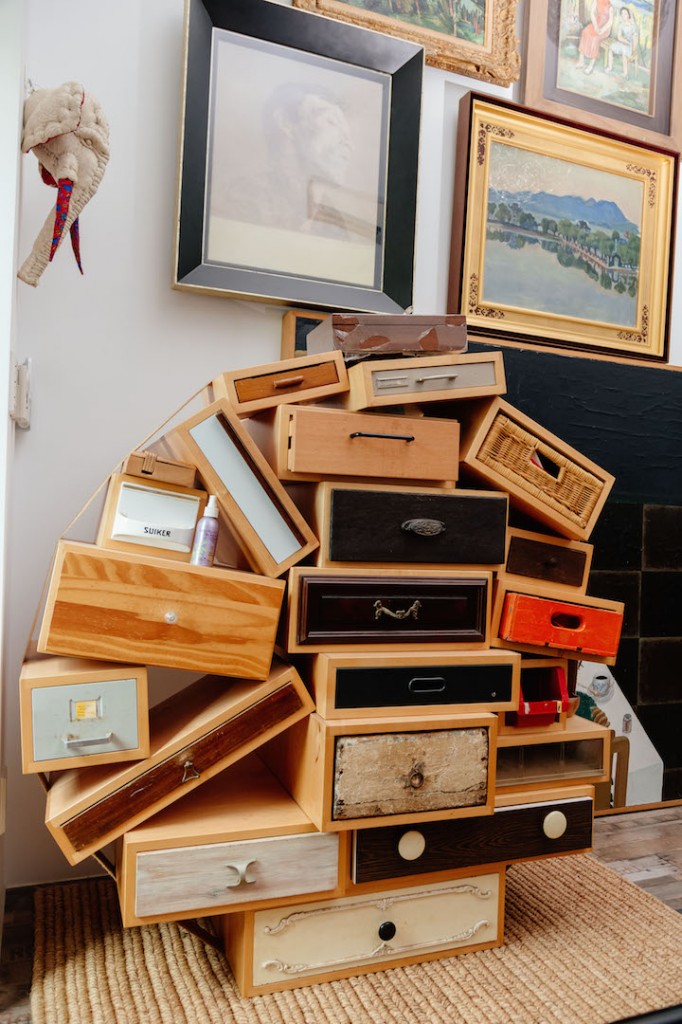
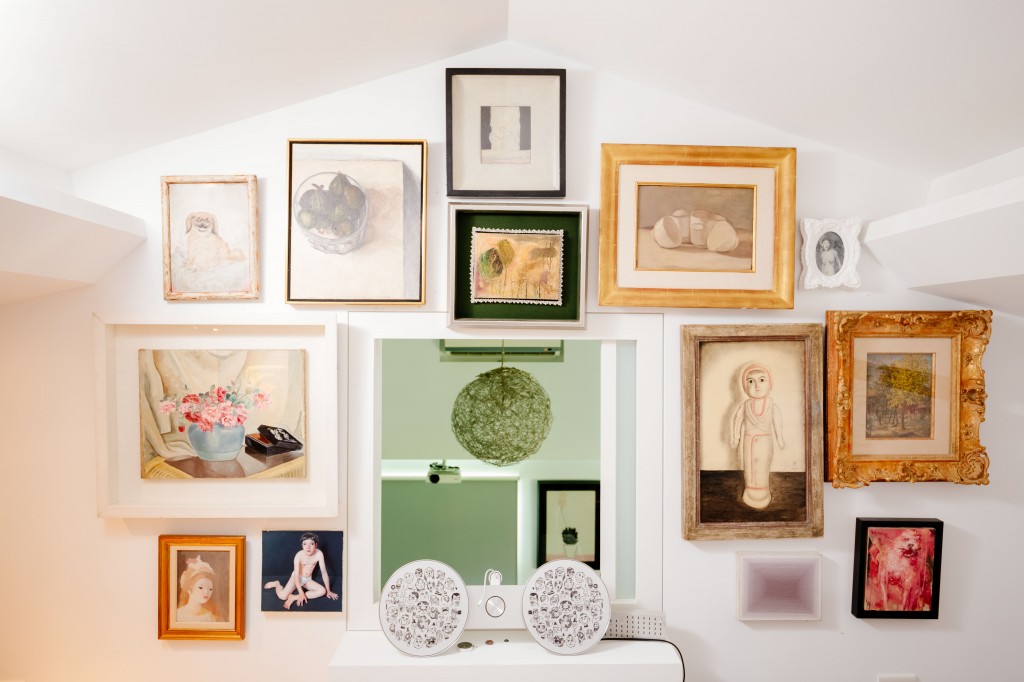
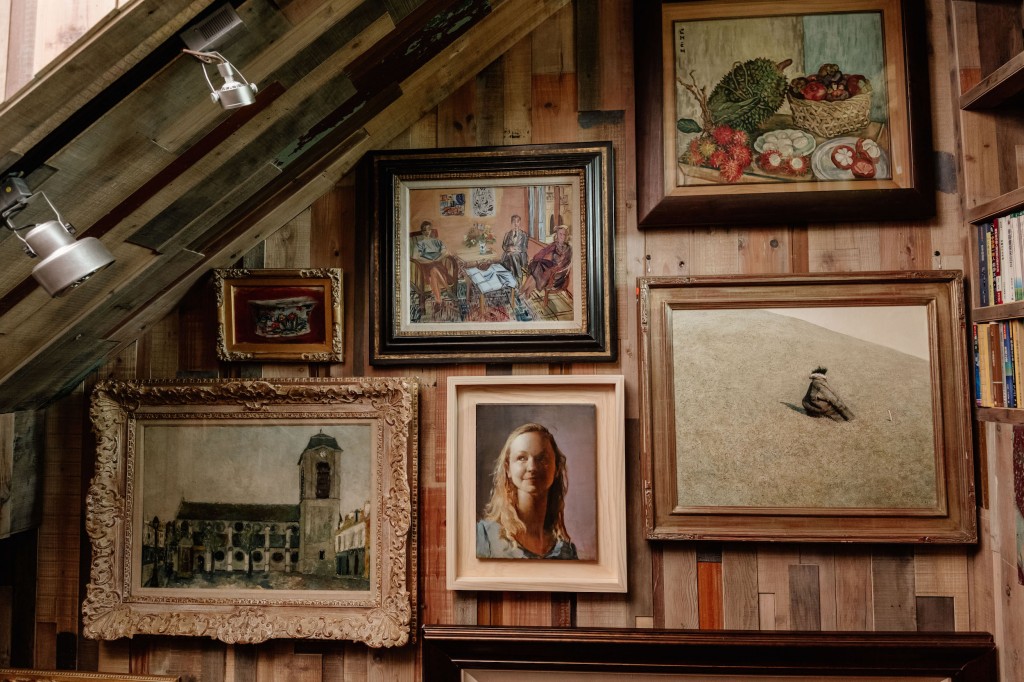
Thoughts on collecting
What is your collecting strategy?
My collecting strategy is to not jump on the bandwagon or to join the crowd. Artworks have to fulfil my reading interests. So, I never buy the hottest works nor do I usually buy expensive works even though I understand they may be priceless. But the fact is that later works that have been passed on to me, increase in value that are beyond my imagination!
Where do you often buy art works (i.e galleries, auctions, art fairs, studios…?)
Galleries, auction houses, art fairs. I rarely buy paintings directly from the artists.
As an experienced collector, do you have any advice or lessons for emerging art collectors?
The point I emphasize in my new book is that a collection for me is the relationship you build between the works and yourself. Refrain from buying art for investment purposes and storing them into a warehouse once obtained. These works will just wander in a warehouse and artists may not be pleased you have done so. All I can do is to set an example!
What’s the best part of art collecting in your opinion: the research, the chase or the purchase?
The greatest pleasure in my collection is how the paintings affect or influence me, which led me to explore more and extend my personal library. I enjoy researching and reading about art. I get a lot of fun out of it such as finding the relationship/connection between the artist’s philosophy, way of thinking, beliefs according to how they perceive the era in which they live in. In Asia there were different artistic developments within one same period; I enjoy researching and comparing these historical changes. It’s my favourite thing to do.
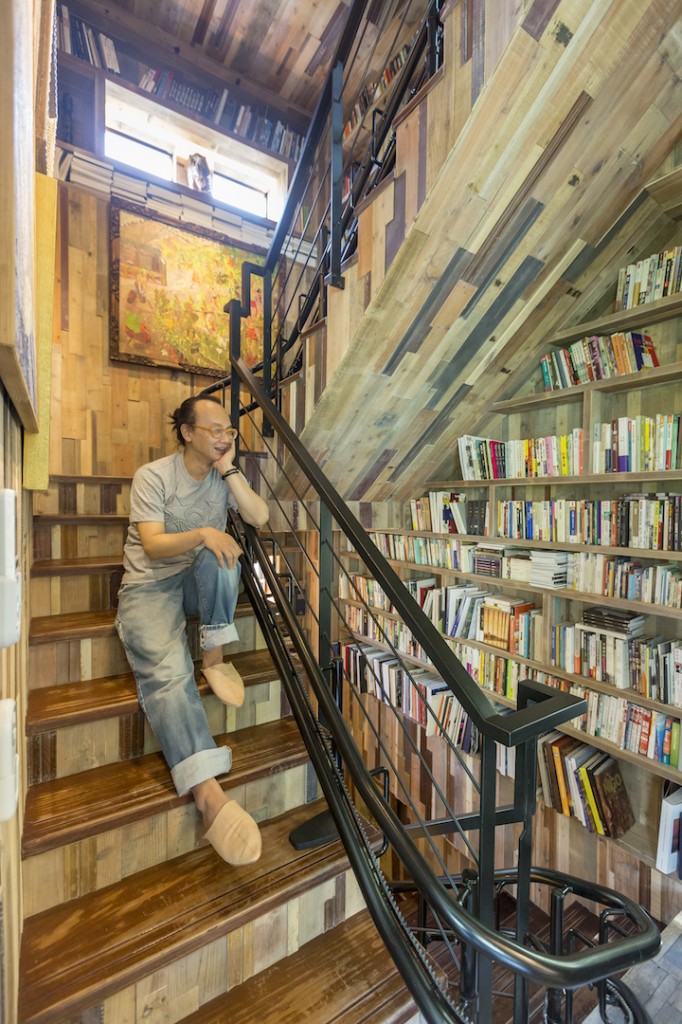
Liu Ye and his catalogue raisonné
We noticed Liu Ye’s Elieen Chang hung on your wall in many interviews. Do you know the artist?
I knew Liu Ye from a very early age. His work is very appealing to me as well as his spirit, character and his artistic expression. I met him a decade ago when I was also in contact with many other Chinese and Asian artists. Liu Ye’s works are done with such accuracy and finesse. I greatly admire his approach and work ethic as he always manages to finish his paintings with such carefulness and attention to detail, even on a small canvas.
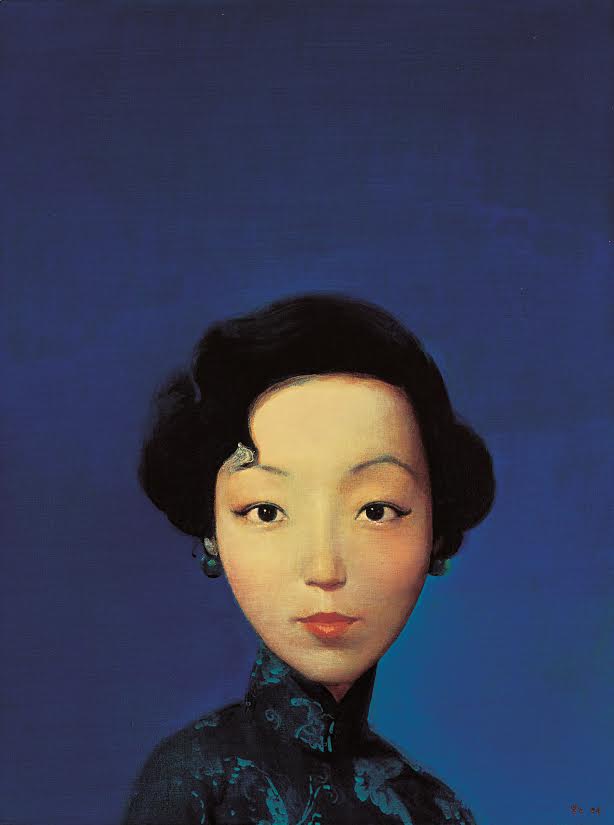
Do you have any anecdotes you would like to share about the artist and yourself?
I have a little anecdote regarding how I met Liu Ye, which is also connected to the work Eileen Chang I collected from him . At that time, he wanted to create works related to the tragic lives of celebrated women from 20th century China. The first portrait is of Ruan Lingyu, the second of Eileen Chang and the third of Zhou Xuan. However, Eileen Chang’s book was not easy to obtain in China due to many restrictions. So, I went to Taiwan and got a few books for Liu Ye. Soon afterwards, he started to work on these portraits and agreed to let me collect one of them. I still have this work today and it is hung in a very special place in my house. Interestingly, on Weibo, people were sharing Eileen Chang’s portrait and were wondering in which museum it was in. Someone put and end to the treasure hunt and announced that the work was in my home. I felt very proud to be the owner of such a sought-after painting.
What are your thoughts on Liu Ye’s recently published catalogue raisonné?
The book is generally perfectly balanced.
I can now see the artist’s creation in its pure form, especially in his ‘Book Paintings’ series. I feel that he is part of the few contemporary Chinese artists who stays away from the limelight to focus wholeheartedly on his art.
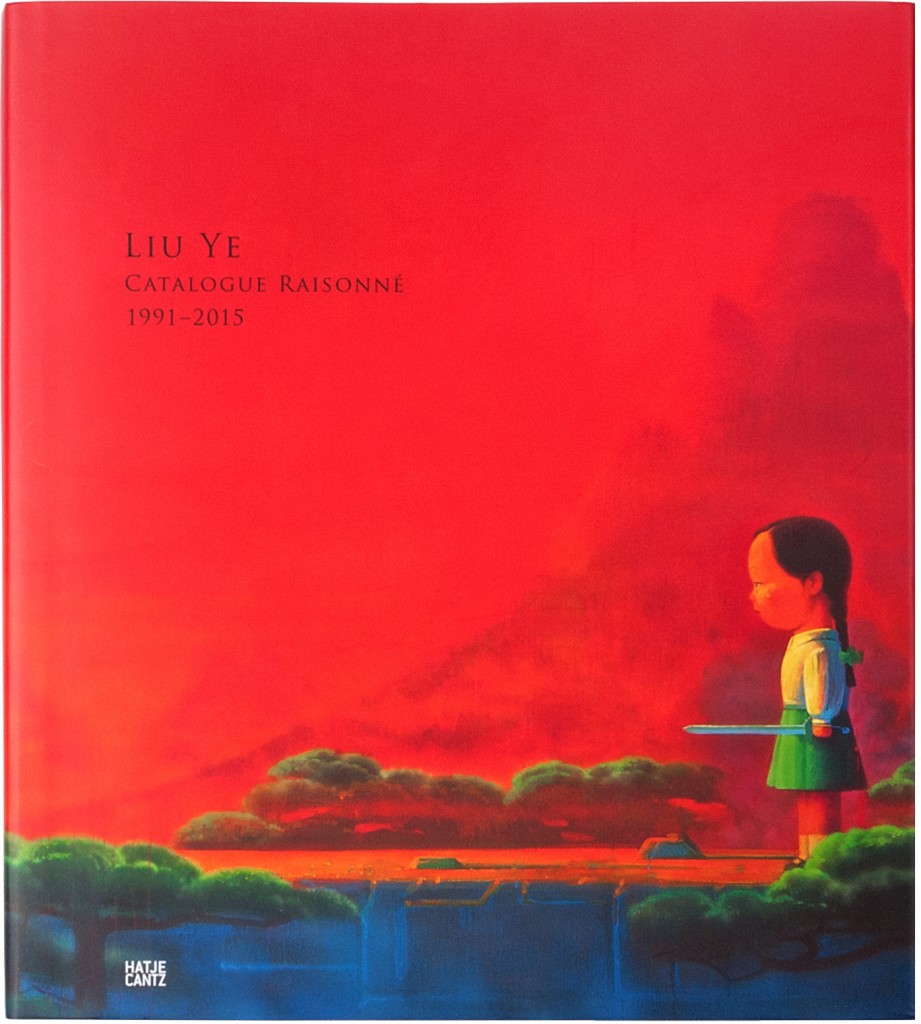
What is your main attraction to the book?
I’ve known the artist for many years and I acquire his works. Without a doubt, the content, the printing as well as the editing of the book have been beautifully produced. Overall, it is my admiration towards the artist that particularly draws me to this publication. I especially would like to give credit to the binding of the book as it is something that people often overlook. The binding of this book, I believe, is of extreme quality considering its volume. The catalogue proves to be sturdy enough to be continuously read and researched through. I’m happy to know the publishing team have taken good care of this crucial aspect.
What’s the importance of publishing such a book for the Chinese contemporary art scene?
A catalogue raisonné is a cultural non-profit project that requires the joint efforts of museums, collectors and a variety of other art circles. Although it is a vast project, I think a catalogue raisonné is something that must be done. Nowadays, such publications have mainly been developed in the West, compared to Eastern countries who are lacking in this regard. I believe the East will start to create more of these volumes once art collections reach a more mature stage and when art holds a more important place in Asia. Liu Ye’s catalogue raisonné is a very good start and I encourage artists to facilitate access to their works in order to incite more art institutions to realise such a project. Furthermore, if collectors or other art parties have artists they want to support, they can use this book as an example to follow.
Who will you recommend this book to?
I would recommend the book to every bookstore, gallery and museum.
Claire Bouchara
Read more about





